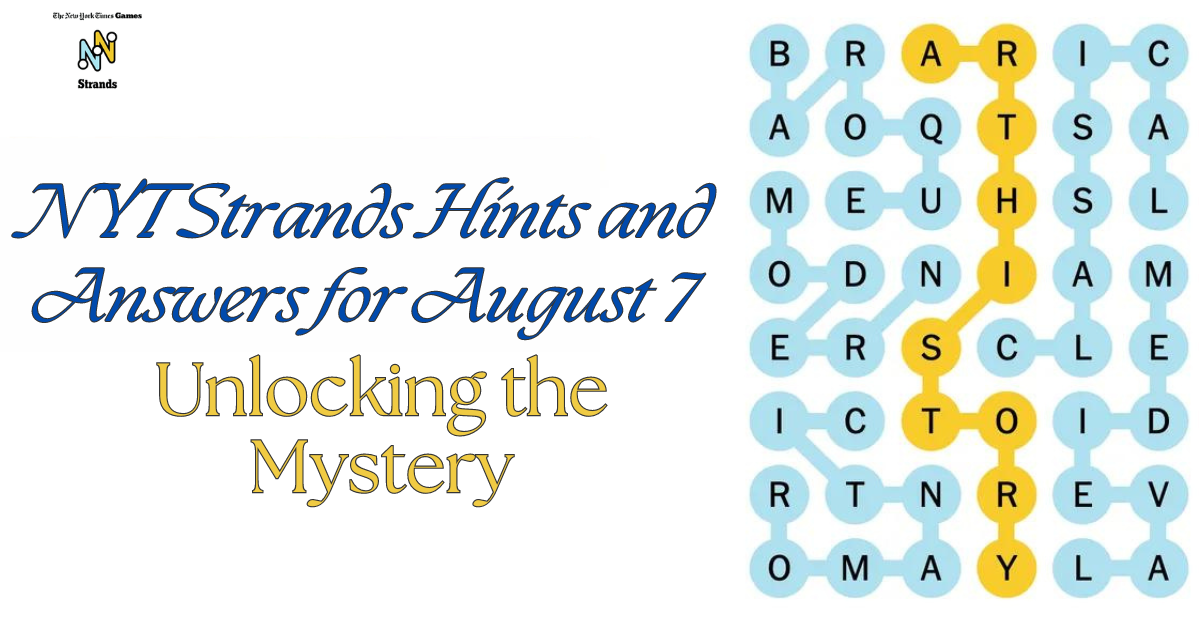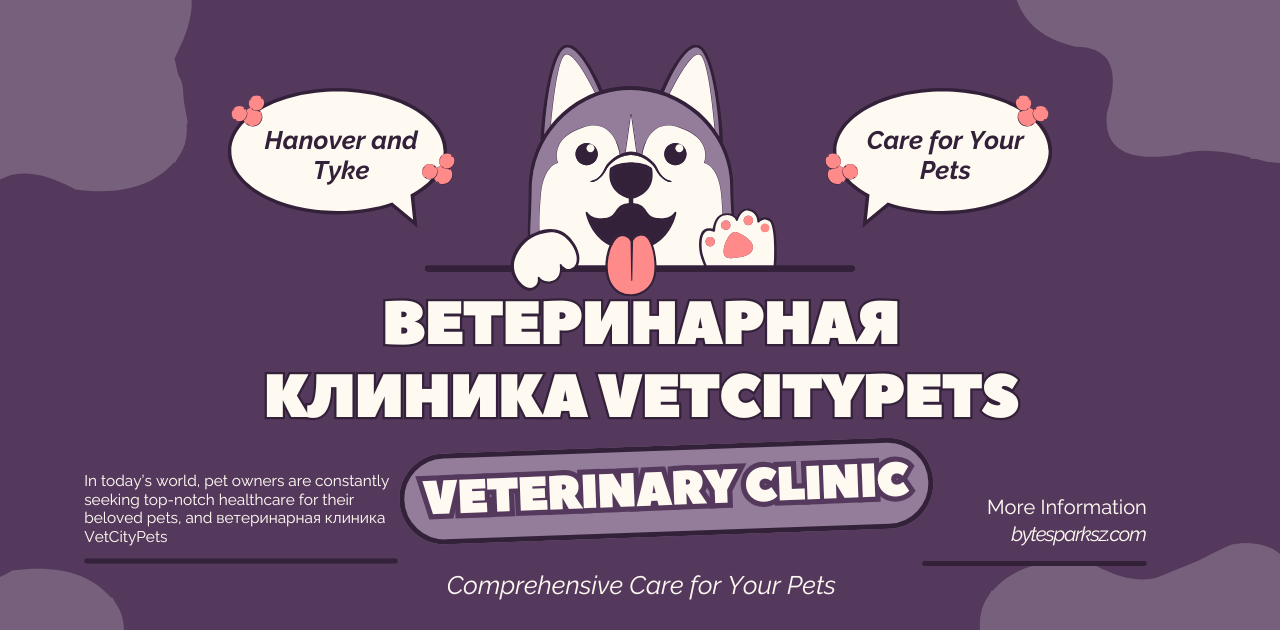
Welcome to another thrilling edition of “NYT Strands Unlocking the Mystery”! If you’re a puzzle enthusiast or just looking for a fun challenge, you’ve landed in the right spot. Today, we’re diving into the intriguing world of The New York Times crossword hints and answers from August 7th. Whether you tackled it head-on or left some squares blank in frustration, we’ve got your back! Join us as we unravel those cryptic clues, explore clever wordplay, and share tips that might just elevate your solving skills to new heights. So grab your coffee, put on your thinking cap, and let’s decode these brain teasers together—who knows what hidden gems we’ll uncover along the way?
What is the Mystery?
The NYT Strands is a captivating puzzle that intrigues word enthusiasts. Each day, players dive into the unknown, piecing together clues to uncover hidden words or phrases.
What makes it particularly alluring? The thrill of solving an enigma keeps participants engaged. Every hint serves as a breadcrumb leading towards the final answer.
The mystery isn’t just about finding solutions; it’s about enjoying the journey itself. Each puzzle presents unique challenges that stimulate critical thinking and creativity.
As you embark on this daily quest, prepare for surprises along the way. The satisfaction of cracking codes adds to the excitement.
Whether you’re a seasoned veteran or a newcomer, every mystery offers something fresh to discover. Embrace each puzzle with curiosity and let your instincts guide you through the labyrinth of letters.
Explanation of Hints and Answers
Hints and answers in the NYT Strands are designed to guide solvers through challenging puzzles. Hints provide subtle clues that can help you think outside the box. They often point toward key themes or patterns without giving everything away.
The answers, on the other hand, serve as a resolution to each mystery presented. These are your final destinations after piecing together various hints.
Using hints wisely can enhance your problem-solving skills. Instead of relying solely on direct solutions, they encourage critical thinking and creativity.
Familiarity with how hints relate to answers will elevate your experience. It builds an intuitive understanding of puzzle structures over time, making future challenges more manageable and enjoyable for all enthusiasts at any level.
How to Use Hints and Answers Effectively
When tackling the NYT Strands, using hints and answers effectively can change your game. Start by reading the hints carefully. They are designed to steer you in the right direction without giving everything away.
Next, don’t rush to check the answers. Try to solve as much as you can on your own first. This enhances your problem-solving skills and makes victory even sweeter.
If you’re stuck, revisit previous clues or similar puzzles for inspiration. Sometimes, a fresh perspective is all it takes.
Lastly, keep track of which strategies work best for you over time. Documenting your successes helps refine your approach and boosts confidence when facing new mysteries!
Strategies for Solving the Mystery
Approaching the NYT Strands requires a mix of strategy and intuition. Start by reading through the clues carefully. Sometimes, hints are hidden in plain sight.
Next, think laterally. The answers may not be straightforward; look for puns or double meanings that could offer insight into the solution.
Utilizing word associations can also help unlock those tricky strands. Write down words related to each hint and see if any connections emerge.
Don’t hesitate to brainstorm with others. A fresh perspective can reveal angles you hadn’t considered before.
Finally, take breaks when needed. Stepping away from the puzzle often brings clarity upon return, allowing your mind to reset and approach it with renewed energy.
Breakdown of August 7’s Hints and Answers
August 7 brought a fresh set of challenges for NYT Strands enthusiasts. Each hint sparked intrigue, inviting solvers deeper into the world of wordplay.
One notable hint involved a five-letter word commonly associated with summer activities. This clue seemed straightforward but had layers that required some lateral thinking.
Another clue hinted at a seven-letter term tied to literature. Many players found themselves pondering classic novels and famous authors, expanding their thought process beyond the obvious.
As always, context was key. The interplay between hints created an engaging puzzle experience. It encouraged teamwork among friends who share this passion for solving together.
By dissecting these clues thoughtfully, players can uncover hidden connections and discover satisfying answers to each strand presented on this day.
Common Mistakes to Avoid
Many players stumble into the same traps when tackling the NYT Strands. One common mistake is rushing through hints without fully considering their implications. Each clue often has layers; skipping them can lead to confusion.
Another frequent error is relying too heavily on external resources. While they can help, over-dependence may stifle your problem-solving skills. Trusting your instincts sometimes yields surprising solutions.
Ignoring patterns or themes in previous puzzles also hinders progress. The NYT Strands often follows certain trends that are worth recognizing.
Lastly, don’t be disheartened by a slow start. Everyone faces challenges with these intricate puzzles at some point. Embrace the process and enjoy the journey of discovery instead of fixating solely on completion.
Resources for Further Help
If you’re feeling stuck with the NYT Strands, don’t worry. There are plenty of resources to guide you through.
Online forums can be a treasure trove of information. Websites like Reddit have communities dedicated to puzzle-solving where enthusiasts share tips and insights.
YouTube is another great option. Many content creators post walkthroughs and strategies specifically for New York Times puzzles. These visual aids can help clarify complex clues.
Consider investing in puzzle books or apps that focus on similar styles. They often provide practice questions along with explanations that sharpen your skills over time.
Don’t underestimate social media either! Following accounts focused on crosswords can give you daily hints or even connect you with fellow solvers who love to discuss their favorite strands!
Conclusion
The New York Times Strands have become a popular puzzle-solving activity among enthusiasts. Each day brings a new mystery to unravel, making it an exciting challenge for both seasoned solvers and newcomers alike. Understanding how to approach these puzzles can enhance your experience and make solving them even more rewarding.
What is the Mystery?
At its core, the NYT Strands revolves around piecing together clues that lead to a hidden answer or phrase. These mysteries are designed to engage readers’ minds as they think critically about each hint provided. The satisfaction of cracking the code adds an extra layer of enjoyment.
Explanation of Hints and Answers
Hints in NYT Strands are crafted carefully, often containing wordplay or references that require some lateral thinking. They serve as stepping stones toward discovering the solution without giving everything away outright. Answers work hand-in-hand with hints; they reveal what you’ve been trying to decode through careful analysis.
How to Use Hints and Answers Effectively
Using hints effectively involves more than just reading them at face value. Take time to reflect on their meanings—sometimes, breaking down phrases can illuminate possible connections you might overlook initially! When searching for answers, try writing down all possible interpretations before narrowing your focus.
Strategies for Solving the Mystery
Developing strategies will help streamline your puzzle-solving process! Start by identifying keywords within each hint that resonate with other clues you’ve gathered so far. Collaborating with friends can also provide fresh perspectives—a team effort often leads to breakthrough moments!
Breakdown of August 7’s Hints and Answers
For August 7th’s mystery specifically, analyzing previous patterns may yield insights into potential themes this month has presented thus far! Note any recurring styles found within hints from earlier dates; recognizing trends could offer significant advantages when tackling today’s challenge.
Common Mistakes to Avoid
One common pitfall is rushing through hints without digesting their subtleties fully—this could lead






